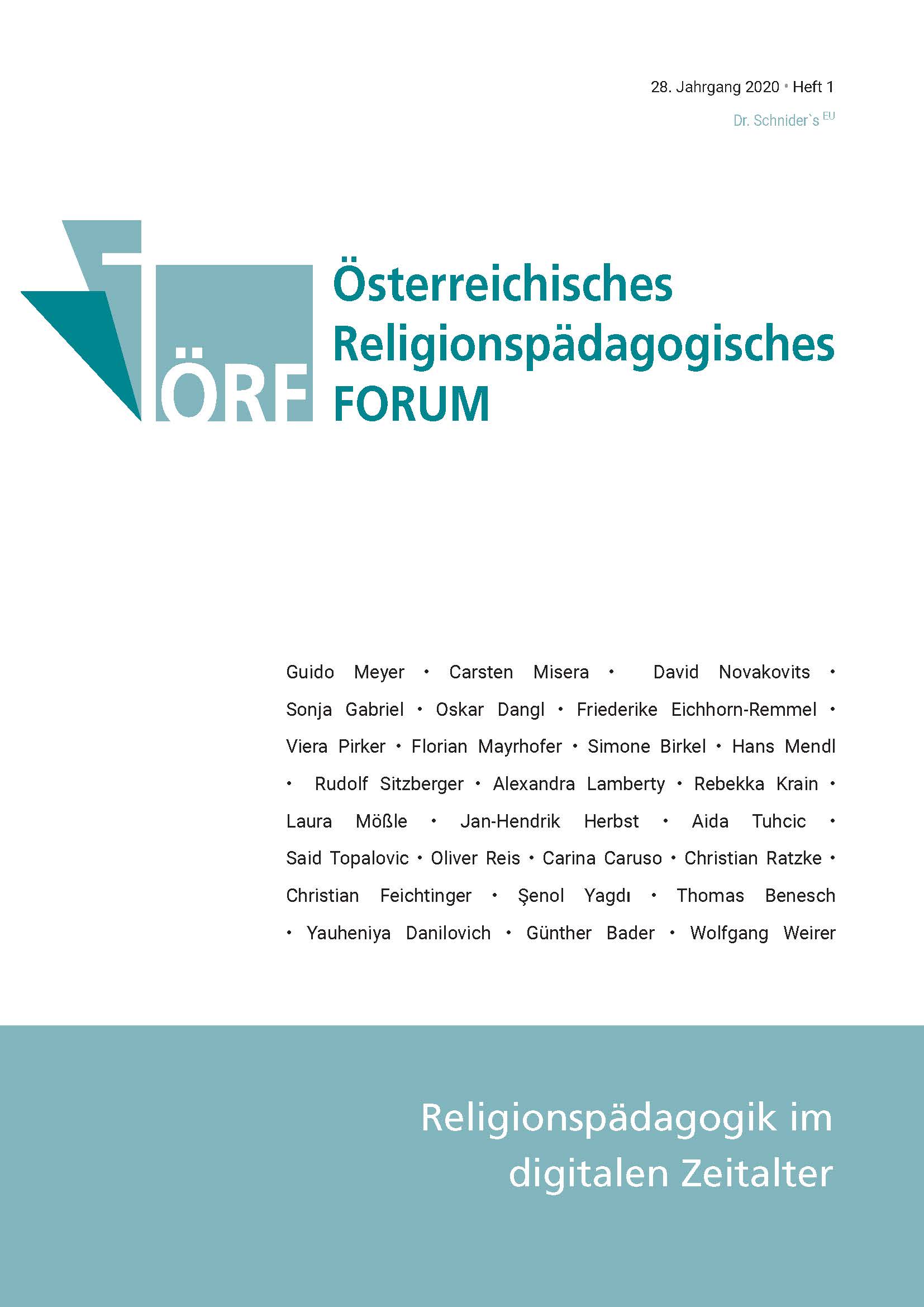Vol. 28 No. 1 (2020): Religious Education in the digital age

Digital education, open educational ressources, learning apps, inverted classroom, paperfree lessons, TablettClass, SAMR model: Such slogans reflect the level of change through digital transformation in schools, teaching, learning and teaching. Major differences occur, comparing regions and schools, such as technical equipment at various locations, legal framework and skills of teachers. The generation gap is flagrant. Not only schools, but the educational landscape in general are shifting significantly in these processes. In many universities, professorships and focal points are being set up for digitization, digital transformation, digital humanities. Religious Education in the digital age has to react and rebuild its own frameworks.
Educational people - teachers as well as learners - need to build digital skills for handling these challenges, which can be structured into different areas: technologies, teaching and learning, communication and networking, innovating and creating, searching and using, identity and well-being.
The digital transformation completes and accelerates the mediatization of the lifeworld. In the meantime, it has created new realities in school and education. Religious Education has to embed them in broad discourses on digital religion, in the wider context of religion and the media, as well as questions of symbolism, religious visuality and communication, in learning theories and teaching concepts.
